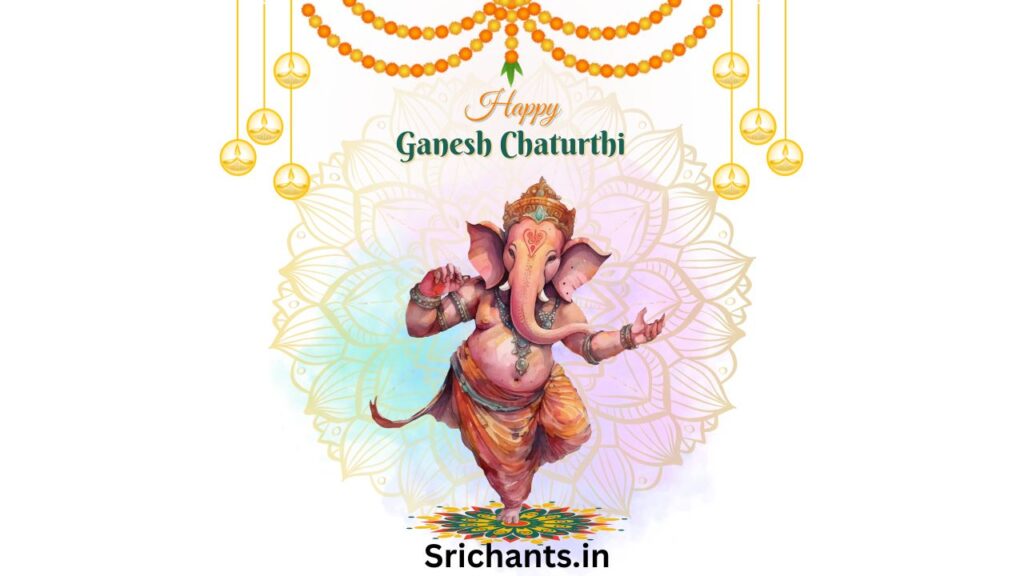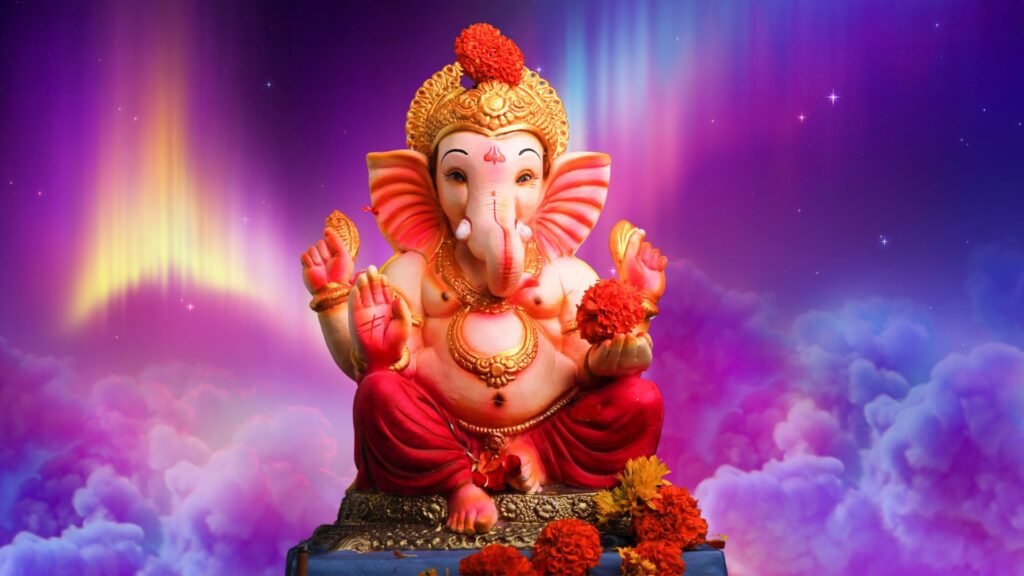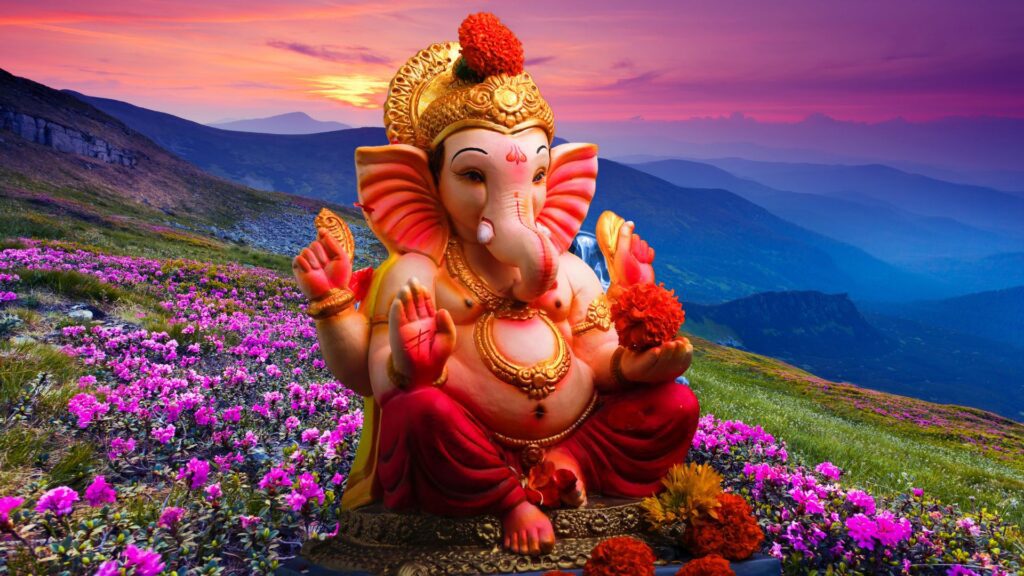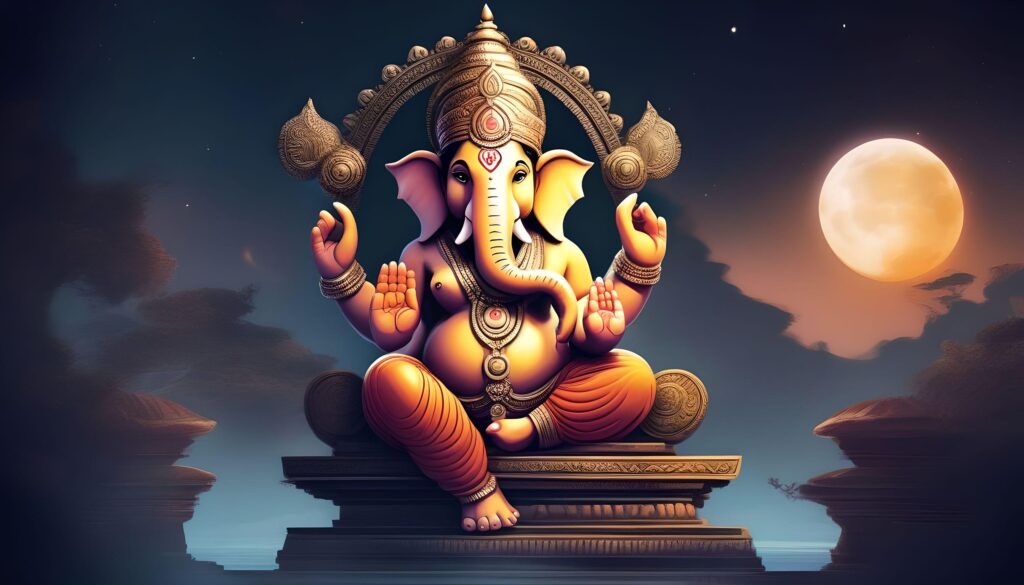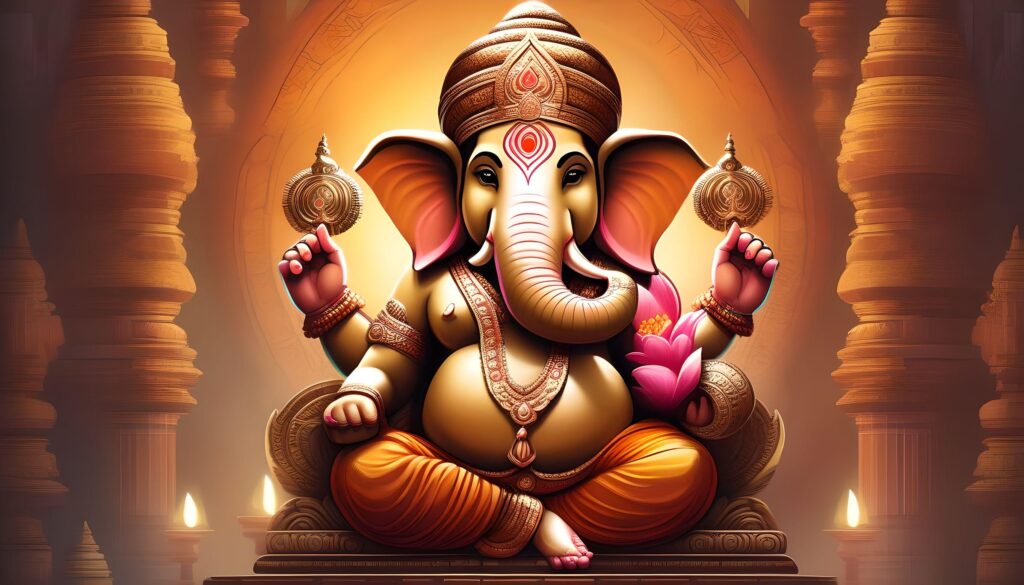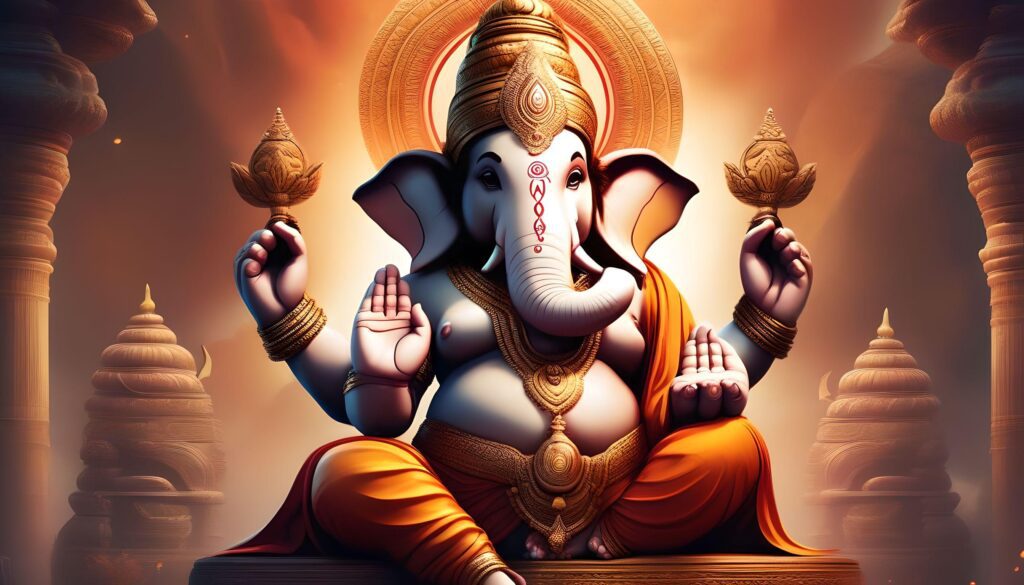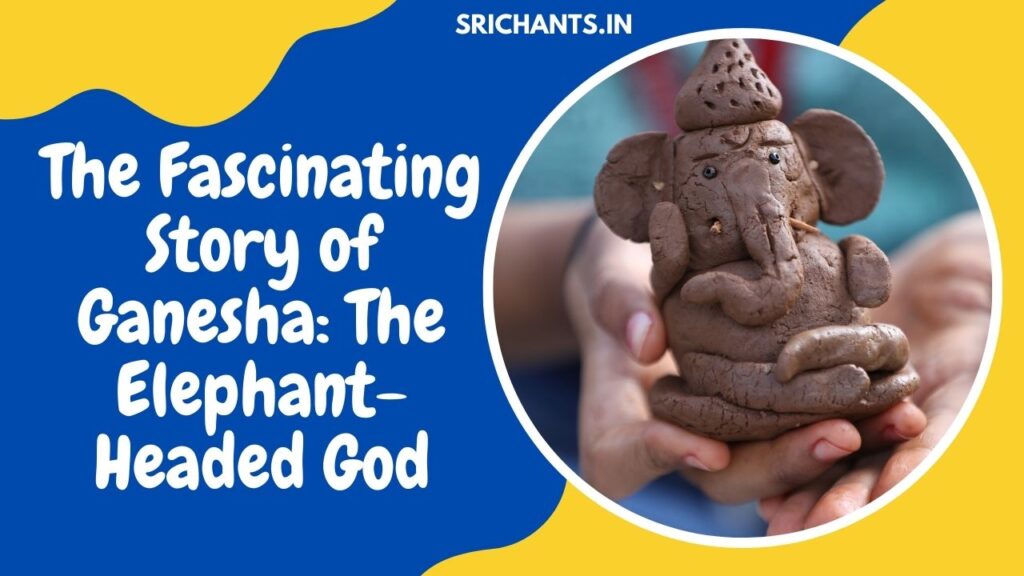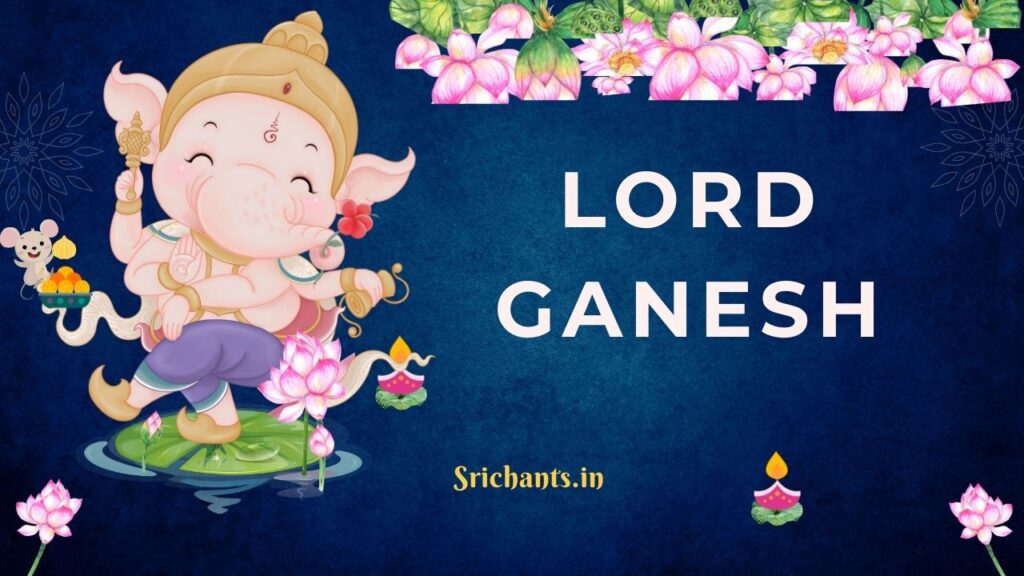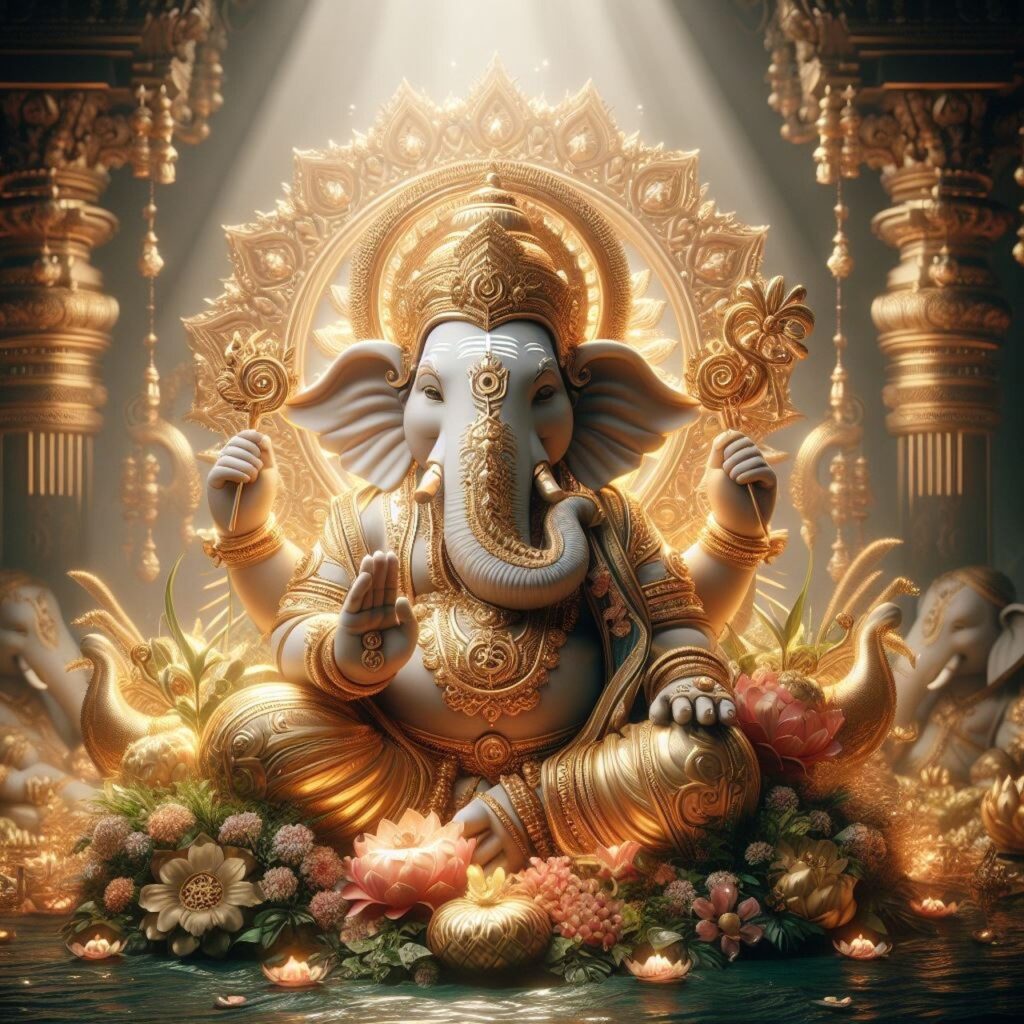Ganesh Chaturthi: Celebrating the Divine and Embracing Tradition
Introduction
Ganesh Chaturthi, also referred to as Vinayaka Chaturthi, is a profound Hindu festival that honors the birth of Lord Ganesha, the elephant-headed deity who is revered as the god of wisdom and beginnings and the remover of obstacles. This auspicious festival is typically observed during the Hindu month of Bhadrapada, which corresponds to August or September in the Gregorian calendar. Ganesh Chaturthi is a festival of immense cultural significance, and its celebrations have developed over the years to incorporate religious rituals with a sense of community and unity.
The Legend of Lord Ganesha
In order to fully comprehend the importance of Ganesh Chaturthi, it is necessary to explore the mythological narrative that surrounds the birth of Lord Ganesha. Ganesha was created by Goddess Parvati from the grime and oils on her body to protect her chambers while she bathed, according to Hindu mythology. Ganesha prevented Lord Shiva, Parvati’s spouse, from entering his residence upon his return. As a consequence, Shiva beheaded Ganesha, which resulted in a conflict between the two deities. Shiva, upon recognizing his error, resurrected Ganesha by affixing the head of an elephant to his body, thereby establishing his iconic appearance.
Historical Significance and Revival
Ganesh Chaturthi’s origins can be traced back to primordial times; however, it rose to prominence during the 17th century under the reign of Maratha ruler Chhatrapati Shivaji. Nevertheless, Lokmanya Tilak, a distinguished freedom fighter, was instrumental in the festival’s revival during the late 19th and early 20th centuries. Tilak acknowledged the potential of Ganesh Chaturthi as a catalyst for the cultivation of a sense of nationalism and unity among Indians living under British colonial rule. He transformed the festival into a public event, inspiring individuals to unite in celebration and homage to Lord Ganesha.
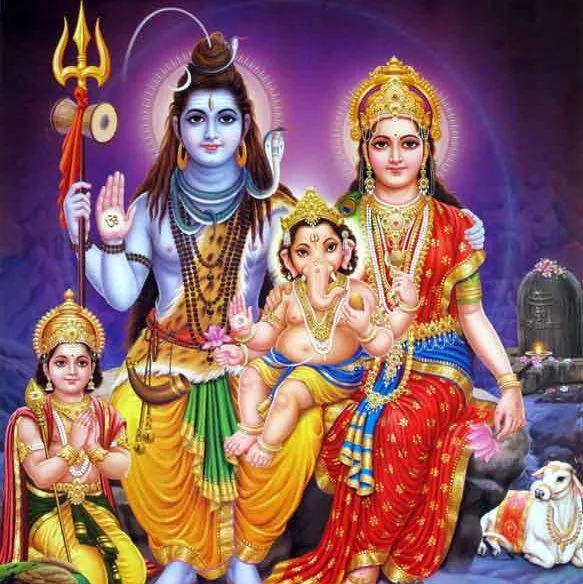
Rituals and Traditions
Ganesh Chaturthi is a festival that is distinguished by its intricate rituals and traditions, which are distinct in each region of India. Clay idols of Lord Ganesha are typically installed in residences, public spaces, and specially decorated pandals (temporary structures) to commence the festivities. The process of idol preparation entails the acquisition or creation of a clay idol, which can vary in scale and is frequently environmentally friendly in order to reduce the environmental impact.
Installation of the Idol
The idol is typically situated on a specialized pedestal or platform, which is both spotless and adorned. It is decorated with garlands, flowers, and other decorations, which serve as a testament to the reverence and devotion that Lord Ganesha is held in high regard. The ritual of Pranapratishtha is performed in conjunction with the idol installation process, during which prayers and mantras are recited to evoke the divine presence within the idol. During this sacrosanct ritual, lamps, incense, and flowers are presented.
Ganesh Puja
Daily rituals and petitions, referred to as Ganesh Puja, are conducted during the festival to honor Lord Ganesha. Devotees present the deity with a diverse array of offerings, such as coconut, fruits, desserts (such as the cherished modak), and other traditional offerings. Incense sticks and lamps are lighted, and Ganesh mantras and stotras (devotional hymns) are recited to invoke the deity’s blessings.

Aarti and Modak Offering
The aarti, a ritual in which a lit lamp or camphor is circled around the idol while devotional melodies are sung or chanted, is one of the festival’s highlights. This symbolizes the elucidation of knowledge and the eradication of obscurity. Devotees prepare or purchase modaks to offer as prasad (blessed food) to Lord Ganesha, who is particularly enamored of this sweet delicacy.
Fasting and Visarjan
As an act of devotion, certain devotees elect to observe fasts during Ganesh Chaturthi. They refrain from consuming specific cuisines and concentrate on prayer and worship. The festival concludes with the immersion of the idols in bodies of water, which represents Lord Ganesha’s return to his divine abode. Grand processions, replete with music, dance, and enthusiasm, accompany the Visarjan immersion process.
Regional Celebrations
Throughout India, Ganesh Chaturthi is commemorated with great enthusiasm and devotion, with each region contributing its own distinctive cultural flavor to the celebratory rituals.
Maharashtra
Ganesh Chaturthi is a spectacular celebration in Maharashtra, particularly in Mumbai. During the festival, the state is treated to elaborate decorations, processions, and community involvement. The immersion processions, which are referred to as Ganesh Visarjan, are notably renowned for their ability to draw in large crowds and generate a lively atmosphere.
Karnataka and Goa
The festival is celebrated with equal enthusiasm in Goa and Karnataka. The streets are adorned with vibrant decorations, and residences and public spaces are adorned with exquisitely crafted clay idols of Lord Ganesha. The rituals and traditions associated with Ganesh Chaturthi are observed with great devotion.
Andhra Pradesh
Ganesh Chaturthi is also celebrated with great enthusiasm in Andhra Pradesh. Traditional music, dance performances, and cultural events are all part of the festival’s celebration. The rituals are performed by the communities in order to obtain the blessings of Lord Ganesha.
Cultural Significance and Sociological Impact
Ganesh Chaturthi has developed into a festival that transcends its religious origins and possesses immense cultural significance. It has evolved into a social institution that promotes a sense of community, solidarity, and unity among individuals from a variety of social backgrounds and classes. The festival provides a transient social equality, breaking down barriers and fostering harmony in a society that is still influenced by caste distinctions.
The Transformation into a Street Party
Ganesh Chaturthi has evolved from a religious festival to a grand street celebration over the years. The celebrations have become increasingly ostentatious, featuring energetic dancing and high-decibel music. The festival has incorporated elements of a carnival, which are reminiscent of celebrations in other regions of the globe, such as the Brasil Carnival.
Environmental Concerns
The environmental concerns associated with Ganesh Chaturthi have increased in tandem with the expansion of the celebrations. The immersion procedure and the use of Plaster of Paris idols have prompted concerns regarding ecological damage and water pollution. Nevertheless, there is a growing recognition of the necessity of eco-friendly celebrations, and numerous communities are now utilizing natural materials for decorations and utilizing clay idols that dissolve in water.
Delightful Delicacies of Ganesh Chaturthi
Ganesh Chaturthi is also celebrated for the diverse selection of traditional delicacies and savory dishes that are prepared during the festival. Various regions have their own unique specialties that are affiliated with the celebration. Let us investigate a few of the most popular dishes that are prepared for Ganesh Chaturthi:
Modak
Modak is a sweet dumpling that is prepared from rice or wheat flour and filled with a mixture of jaggery, grated coconut, and occasionally dry fruits. It is the most iconic sweet associated with Ganesh Chaturthi. It is generally prepared by steaming or frying, and it is believed to be a favorite of Lord Ganesha.

Ukadiche Modak
This particular modak is composed of a delicious coconut and jaggery filling and a soft outer layer of rice flour. It is a Maharashtrian specialty that is highly sought after during the festival.
Kozhukattai or Modagam
kozhukattai or modagam are rice flour dumplings that are filled with coconut, jaggery, and frequently perfumed with cardamom, similar to modak. They are particularly well-liked in Tamil Nadu, which is located in South India.
Puran Poli
Puran poli, which is also referred to as Holige or Obbattu, is a delicious flatbread that is filled with a blend of spices, jaggery, and chana dal (split chickpeas). It is considered a delicacy in Maharashtra, Karnataka, and other states.
Karigadubu
Karigadubu is a delicious dumpling that is deep-fried and filled with a mixture of grated coconut, jaggery, and chana dal. It is a beloved dish in Karnataka and is particularly relished during Ganesh Chaturthi.
Chana Dal Payasam
Chana dal payasam is a delectable confection that is typically flavored with cardamom and saffron and is prepared using chana dal, milk, sugar, and ghee. It is both rich and creamy. It is a prevalent dessert in numerous regions of India.
Rice Kesari or Sheera
Rice kesari, also referred to as sheera, is a sweet delicacy that is made with semolina and is prepared with ghee, sugar, and water. It is frequently flavored with cardamom and saffron. It is a charming addition to Ganesh Chaturthi celebrations and is popular in South India.
Laddu
Laddus, which are prepared from a variety of ingredients, including besan (gram flour), semolina, and coconut, are distributed during Ganesh Chaturthi. These round confections are an indispensable component of Indian festivals.

Puliyodarai or Tamarind Rice
Puliyodarai, or tamarind rice, is a rice dish that is both spicy and tangy, and it is prepared using tamarind and seasonings. It is frequently prepared as an offering during the festival, particularly in South India.
Sundal
Sundal is a savory dish that is prepared by boiling legumes, typically chickpeas or black-eyed peas, and then tempering them with mustard seeds, curry leaves, and coconut. It is a prasad that is highly regarded in South India.
Coconut Rice
Coconut rice is prepared by combining cooked rice with grated coconut, seasonings, and occasionally fried lentils. It is a dish that is frequently served during Ganesh Chaturthi.
Gujarati Dhokla
Dhokla, a steamed and spongy pastry made from fermented rice and chickpea flour, is a beloved dish during Ganesh Chaturthi in Gujarat.
The festive atmosphere is further enhanced by the delightful delicacies that are prepared during Ganesh Chaturthi, which bring pleasure to the devotees who relish these traditional treats.
Ganesh Chaturthi Beyond Boundaries
Although Ganesh Chaturthi is predominantly observed in India, its cultural significance has extended beyond national boundaries. The festival is celebrated with great religious fervor and enthusiasm in countries with a substantial Hindu population, such as Nepal, Mauritius, and Fiji. The celebrations have evolved into a means for the diaspora to establish a connection with their cultural heritage and preserve a sense of identity and belonging.
Conclusion
Ganesh Chaturthi is a festival that commemorates the divine presence of Lord Ganesha and incorporates the rich cultural traditions of Hinduism. It is a period of devotion, unity, and pleasure, during which communities convene to worship, celebrate, and seek blessings from the elephant-headed deity. The festival’s cultural and sociological influence is apparent in the unity it promotes and the sense of social equality it provides. As we commemorate Ganesh Chaturthi, let us recall the importance of this sacred occasion and endeavor to safeguard its cultural heritage while adopting eco-friendly practices to ensure a sustainable future.
#ganesh #chaturthi #ganeshchaturthi #ganesga #modak


